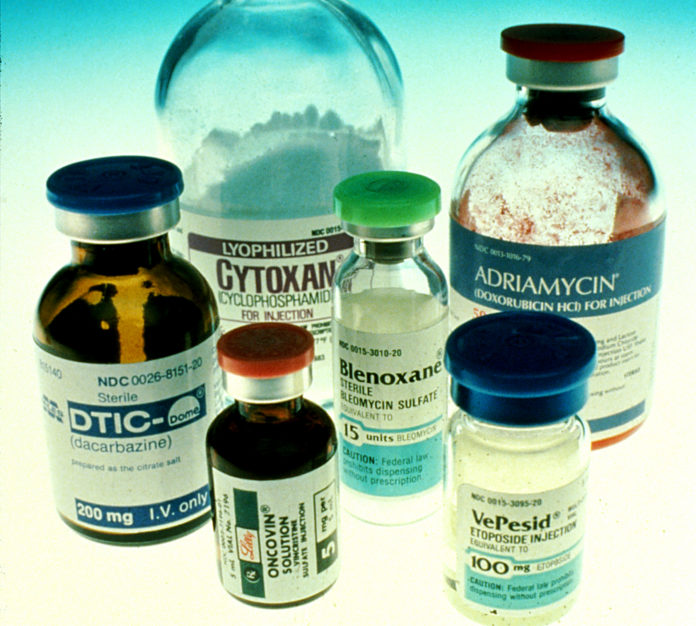The list of essential diagnostics aims to improve diagnostic outcomes.
World Health Organization (WHO) has published its first Essential Diagnostics List, a catalogue of the tests needed to diagnose the most common conditions as well as a number of global priority diseases.
“An accurate diagnosis is the first step to getting effective treatment,” says Dr Tedros Adhanom Ghebreyesus, WHO Director-General. “No one should suffer or die because of a lack of diagnostic services, or because the right tests were not available.”
The list concentrates on in vitro tests – i.e. tests using samples of blood, cells, or other tissues obtained from a patient. It contains 113 products: 58 tests are listed for detection and diagnosis of a wide range of common conditions, providing an essential package that can form the basis for screening and management of patients. The remaining 55 tests are designed for the detection, diagnosis and monitoring of “priority” diseases such as HIV, tuberculosis, malaria, hepatitis B and C, human papillomavirus and syphilis.
Many people around the world particularly in many low- and middle- income countries (LMICs) cannot access diagnostic services, resulting in presumptive treatment – treatment without a confirmed diagnosis. This increases the chances of wrong treatment.
It contains 113 products: 58 tests are listed for detection and diagnosis of a wide range of common conditions, providing an essential package that can form the basis for screening and management of patients.
Pathology services are central to the detection, treatment and monitoring of infectious diseases. In addition, many non-communicable diseases (such as diabetes) cannot be detected or diagnosed on the basis of clinical history or physical examination alone.
Other diseases, such as cancer, require pathology services not only for detection and diagnosis but also for the specific classification and staging that is needed to guide treatment and help determine prognosis. Non-communicable diseases such as diabetes and cancer are now responsible for 7 out of 10 deaths worldwide, with rates fast accelerating in LMICs.
An estimated 46% of adults with Type 2 diabetes worldwide are undiagnosed, risking serious health complications and higher health costs. Late diagnosis of infectious diseases such as HIV and tuberculosis increases the risk of spread and makes them more difficult to treat.
A recent Series in The Lancet highlighted how common presumptive treatment is likely to be done in many low- and middle – income countries (LMICs) as a result of a serious shortage of pathologists, laboratory services and basic medical tests.
“Our aim is to provide a tool that can be useful to all countries, to test and treat better, but also to use health funds more efficiently by concentrating on the truly essential tests,” says Mariângela Simão, WHO Assistant Director-General for Access to Medicines, Vaccines and Pharmaceuticals. “Our other goal is to signal to countries and developers that the tests in the list must be of good quality, safe and affordable.”
Similar to the lines of WHO Essential Medicines List, which has been in use for four decades, the Essential Diagnostics List aims to serve as a reference for countries to update or develop their own list of essential diagnostics. List specifies the type of test and intended use, format, and their appropriateness for primary health care or for health facilities with laboratories. The list also provides links to WHO Guidelines or publications and, when available, to prequalified products.
National governments have been advised to ensure appropriate and quality-assured supplies, training of health care workers and safe use, keeping in mind the local context. The List was developed following an extensive consultation within WHO and externally after review by WHO’s Strategic Advisory Group of Experts on In-Vitro Diagnostics – a group of 19 experts with global representation.
The Essential Diagnostics List will be updated on a regular basis by WHO and new categories will be added to the next edition to incorporate other important areas including antimicrobial resistance, emerging pathogens, neglected tropical diseases and additional noncommunicable diseases.


